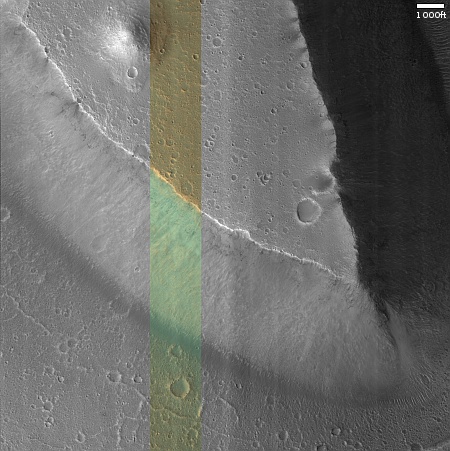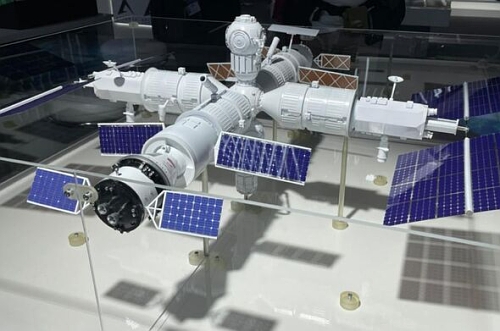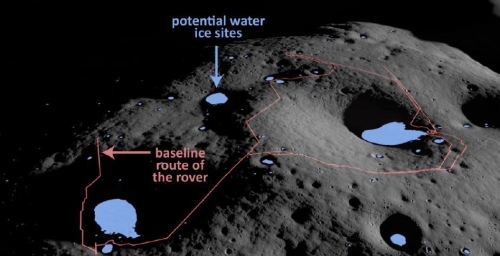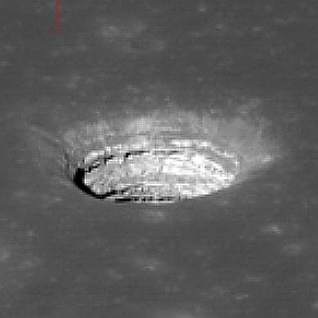Saxavord: We will get our last required spaceport license by September

Proposed spaceports surrounding Norwegian Sea.
My heart be still: According to one official of the Saxavord spaceport in the Shetland Islands, it expects to get its last required spaceport license from the Civil Aviation Authority (CAA) of the United Kingdom sometime in September of this year.
In a presentation at the Farnborough International Airshow here July 23, Scott Hammond, deputy chief executive and operations director of SaxaVord Spaceport, said he expected the spaceport to receive the last of the licenses from U.K. regulators in September needed to host the inaugural launch of Rocket Factory Augsburg’s RFA ONE rocket there.
The red tape getting the first launch off at Saxavord has been odious and disheartening, to say the least. After almost two years of deliberations, the CAA awarded the spaceport its spaceport license in December 2023. This finally allowed it to be a spaceport, but apparently that was insufficient for it to be allowed to do any launches. The CAA then took three more months to issue what it called the range license.
Saxavord was still not allowed to do any launches. The CAA demanded one more license for what it calls “airspace access for launches.” I have no idea how this is different than the range license, unless the CAA has separated control of the surface from the air space, and thus requires two separate licenses for each. Either way, getting that approved has now dragged on for months. No one should be confident Saxavord’s September prediction for approval will turn out to be true.
All these licenses however will still not permit any launches to proceed. The CAA also requires each particular rocket company to get its own launch license. Though Saxavord as well as Rocket Factory are targeting a launch before the end of the year, soon after getting that last airspace license, they might be counting their chickens before they hatch, based on the CAA’s track record with Virgin Orbit.
After Cornwall got all its CAA licenses to allow Virgin Orbit to launch from that airport, Virgin thought it would be able to get is launch license quickly and launch within only a few months. Instead, the CAA took about a year to issue Virgin its launch license, with that long delay eventually becoming the main reason the company went bankrupt.
Rocket Factory unfortunately appears to have locked itself into Saxavord. It has already done a static fire test of its first stage there, and has delivered the rocket’s upper stage. If the CAA takes its time again giving its approval, the startup might find itself bleeding cash, as Virgin Orbit did.

Proposed spaceports surrounding Norwegian Sea.
My heart be still: According to one official of the Saxavord spaceport in the Shetland Islands, it expects to get its last required spaceport license from the Civil Aviation Authority (CAA) of the United Kingdom sometime in September of this year.
In a presentation at the Farnborough International Airshow here July 23, Scott Hammond, deputy chief executive and operations director of SaxaVord Spaceport, said he expected the spaceport to receive the last of the licenses from U.K. regulators in September needed to host the inaugural launch of Rocket Factory Augsburg’s RFA ONE rocket there.
The red tape getting the first launch off at Saxavord has been odious and disheartening, to say the least. After almost two years of deliberations, the CAA awarded the spaceport its spaceport license in December 2023. This finally allowed it to be a spaceport, but apparently that was insufficient for it to be allowed to do any launches. The CAA then took three more months to issue what it called the range license.
Saxavord was still not allowed to do any launches. The CAA demanded one more license for what it calls “airspace access for launches.” I have no idea how this is different than the range license, unless the CAA has separated control of the surface from the air space, and thus requires two separate licenses for each. Either way, getting that approved has now dragged on for months. No one should be confident Saxavord’s September prediction for approval will turn out to be true.
All these licenses however will still not permit any launches to proceed. The CAA also requires each particular rocket company to get its own launch license. Though Saxavord as well as Rocket Factory are targeting a launch before the end of the year, soon after getting that last airspace license, they might be counting their chickens before they hatch, based on the CAA’s track record with Virgin Orbit.
After Cornwall got all its CAA licenses to allow Virgin Orbit to launch from that airport, Virgin thought it would be able to get is launch license quickly and launch within only a few months. Instead, the CAA took about a year to issue Virgin its launch license, with that long delay eventually becoming the main reason the company went bankrupt.
Rocket Factory unfortunately appears to have locked itself into Saxavord. It has already done a static fire test of its first stage there, and has delivered the rocket’s upper stage. If the CAA takes its time again giving its approval, the startup might find itself bleeding cash, as Virgin Orbit did.

















